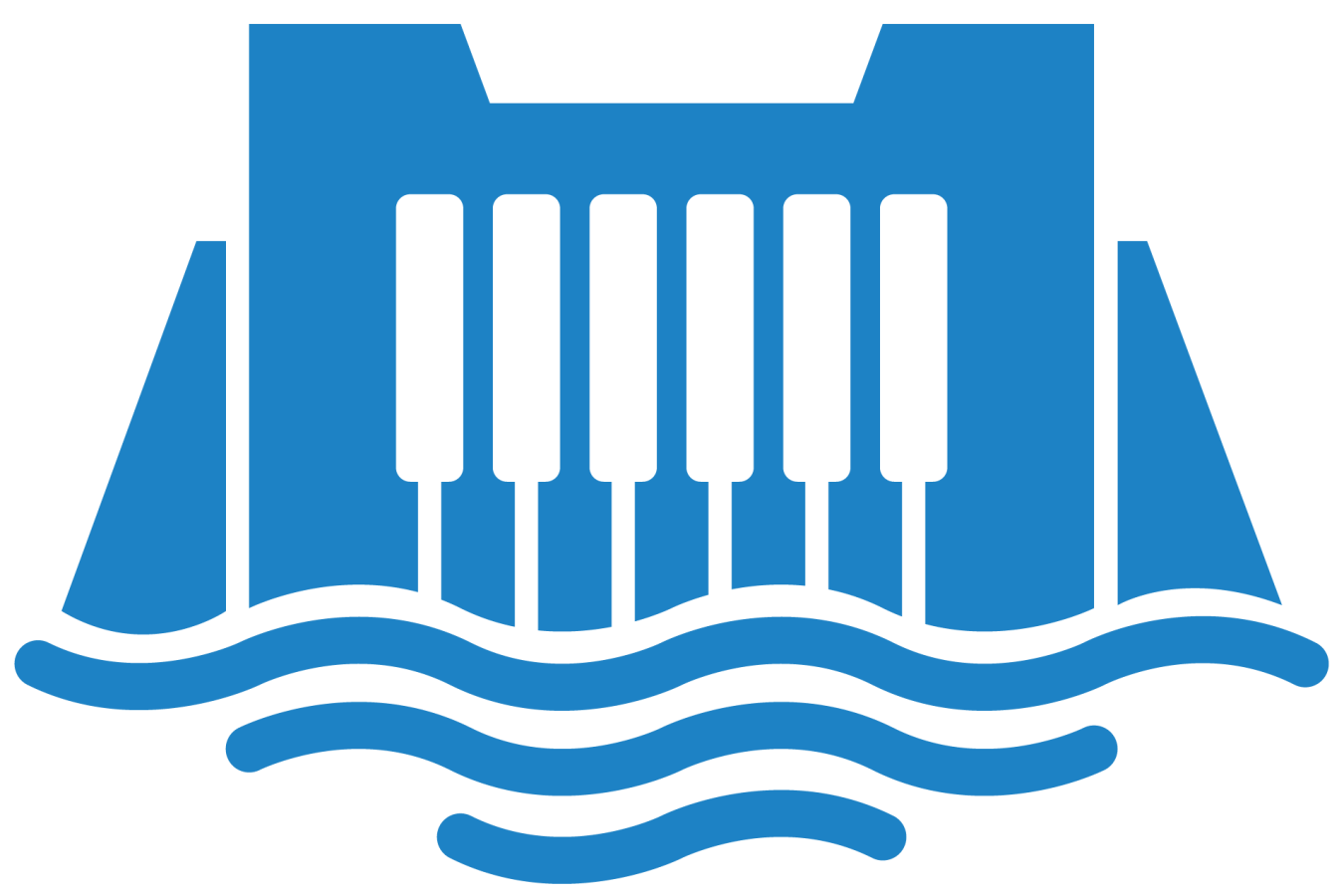Natel Energy conducted fish passage tests with its Restoration Hydropower Turbine and found a 100% survival rate for adult rainbow trout and American eels.
Water Power Technologies Office
March 9, 2022Innovations for Low-Impact Hydropower Growth
Project Name: Funding Opportunity Announcement 2080
Support — Natel
Project Team: Natel Energy (lead), Oak Ridge National Laboratory, Pacific Northwest National Laboratory, and Kleinschmidt Group
Lead Recipient Location: Alameda, California

To support the safe passage of fish through hydropower facilities, Natel Energy completed two successful fish passage tests with 100% survival rates. While most industry fish passage tests focus on passing small fish through large turbines, Natel Energy’s initial testing assessed the ability for large adult rainbow trout (200-400 millimeters long) to safely pass through the Restoration Hydro Turbine’s (RHT) relatively small turbine diameter (1.9 m) at the company’s Monroe Hydro Project in Madras, Oregon.
These high fish survival numbers indicate the RHT may eliminate the need for expensive screens or plant-level structures that redirect fish away from turbines. Validation of the RHT’s fish-safe performance, coupled with hydraulic efficiency, offers the potential for new modes of operation of hydropower facilities while meeting or exceeding environmental goals with respect to fish passage and protection.
Biologists from Pacific Northwest National Laboratory (PNNL) confirmed 100% survival of all 60 trout that passed through the turbine. Natel Energy is continuing to conduct turbine passage testing of relevant species in its closed-loop hydraulic test facility in Alameda, California. PNNL also conducted a passage test of 47 American eels measuring 34-49 cm in length. The eels passed through a 55-cm-diameter RHT unit operating under 10 m of hydraulic head at 670 revolutions per minute, again concluding with 100% survival.
Natel Energy’s RHT is uniquely suited for small, modular hydropower due to its compact and cost-effective design, which leverages advanced manufacturing techniques from other industries, such as wind energy, automotive, and aerospace. Accomplishments from these successful tests have potential to help future projects meet environmental standards for fish passage without the need for screening.
Innovations for Low-Impact Hydropower Growth Projects
-
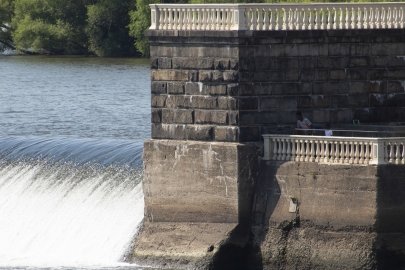 Researchers at ORNL released updated cost estimates for non-powered dam projects in the United States to help save stakeholders time, effort, and money when assessing potential projects.
Researchers at ORNL released updated cost estimates for non-powered dam projects in the United States to help save stakeholders time, effort, and money when assessing potential projects. -
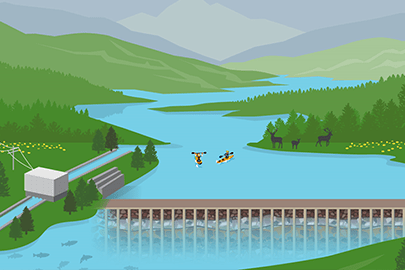 Two teams win the Groundbreaking Hydro Prize for developing cutting-edge concepts to lower costs and development timelines associated with building foundations for new hydropower projects.
Two teams win the Groundbreaking Hydro Prize for developing cutting-edge concepts to lower costs and development timelines associated with building foundations for new hydropower projects. -
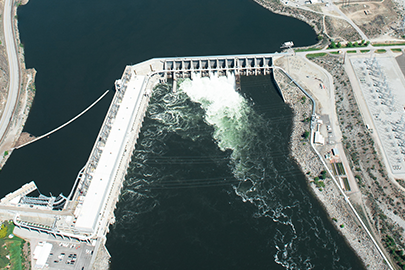 The Integrated Water Power Resilience Project, a collaborative effort between two national laboratories, led to the development of tools and resources that will help researchers create more resilient water power systems.
The Integrated Water Power Resilience Project, a collaborative effort between two national laboratories, led to the development of tools and resources that will help researchers create more resilient water power systems. -
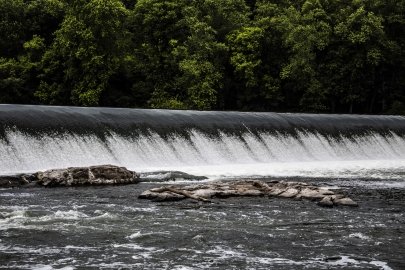 Upstream Tech used machine learning and satellite data to develop more accurate streamflow forecasts that will help hydropower developers and regulators make more informed decisions about future hydropower projects and operations.
Upstream Tech used machine learning and satellite data to develop more accurate streamflow forecasts that will help hydropower developers and regulators make more informed decisions about future hydropower projects and operations. -
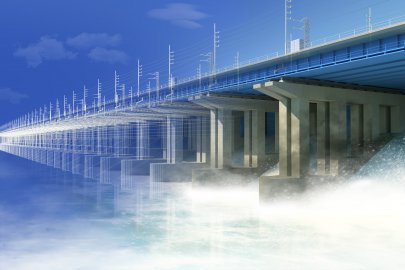 With support from partners, the U.S. Department of Energy’s I AM Hydro Prize awarded $175,000 in cash prizes to 11 teams for their novel concepts to apply new advanced manufacturing techniques for hydropower.
With support from partners, the U.S. Department of Energy’s I AM Hydro Prize awarded $175,000 in cash prizes to 11 teams for their novel concepts to apply new advanced manufacturing techniques for hydropower. -
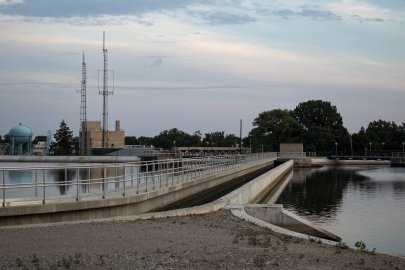 To support irrigation districts in upgrading outdated systems, national laboratory researchers developed a tool that provides system designs for districts to understand the benefits of hydropower to decarbonize agriculture.
To support irrigation districts in upgrading outdated systems, national laboratory researchers developed a tool that provides system designs for districts to understand the benefits of hydropower to decarbonize agriculture.
WPTO's Hydropower e-newsletter features news on R&D and applied science to advance sustainable hydropower and pumped-storage technologies.
The WPTO e-newsletter brings funding opportunities, events, publications, hydropower, and marine energy updates directly to your inbox.


